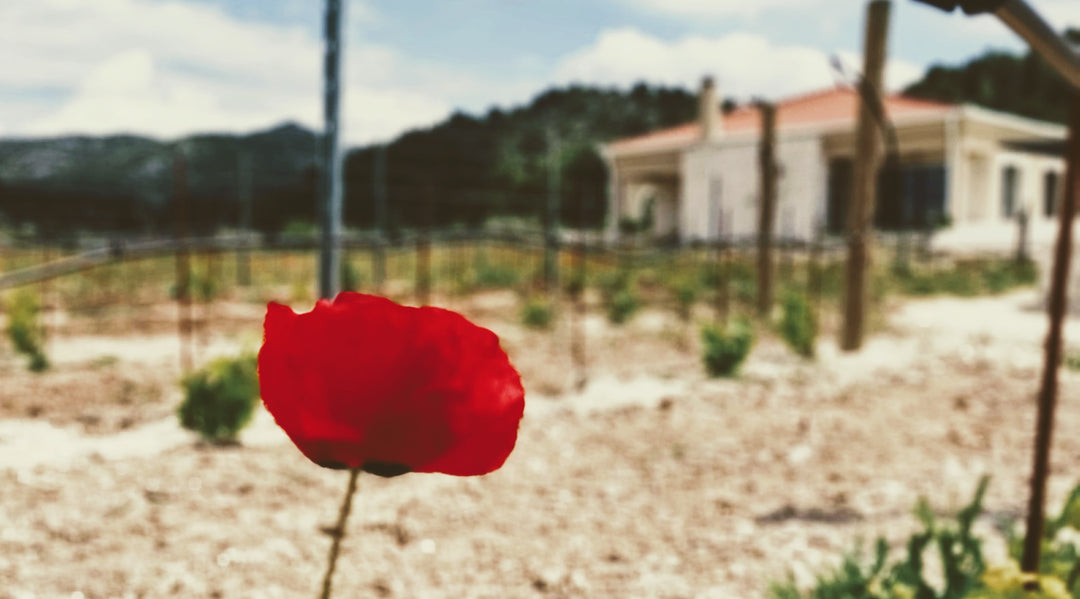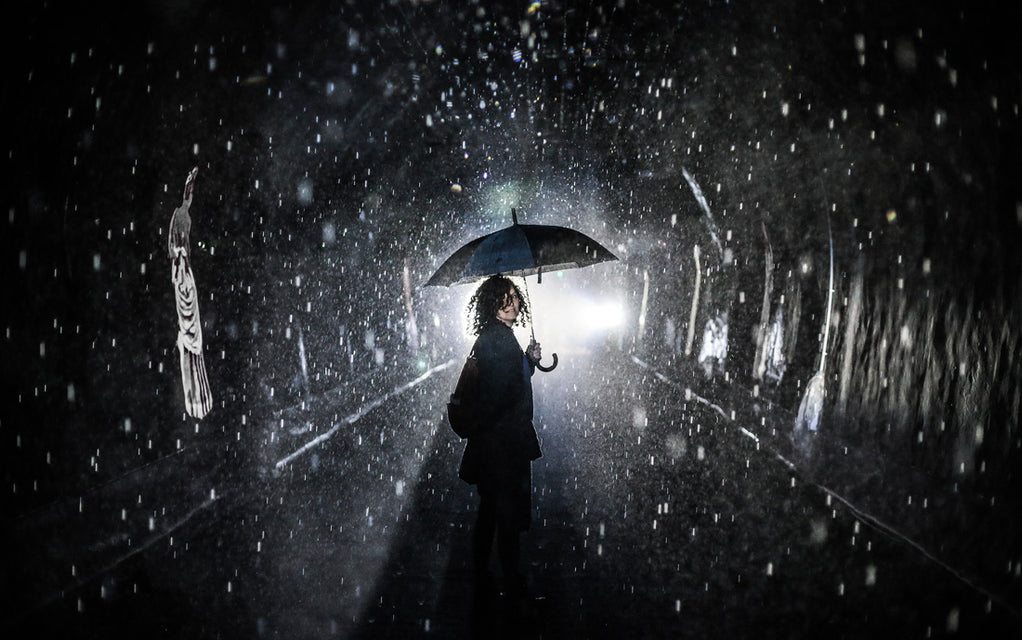Irrigation is basically a breeding measure in plant production which adds to the soil those amounts of water necessary for optimal plant growth and development. It is an artificial addition of water to the soil. It is used to improve the cultivation of agricultural crops, landscape maintenance, restoration and re-greening of soil in dry areas. Irrigation can also be used for some other applications such as frost protection of plants, weed control and prevention of soil drying. Irrigation is the largest single consumer of water in the world as it consumes 80% of total fresh water and two thirds of drinking water. It is responsible for more than 40% of total agricultural production. However, the growing demand for fresh water requires more efficient and high-quality irrigation systems
Irrigation has been carried out for more than 6000 years, but in the last 100 years more innovations have appeared in the area than during the entire previous period of application. Almost every one of the individual elements of irrigation has been improved: execution of works, pumping, filtration, water transfer, distribution, application methods, drainage, energy source, organization of irrigation schedule, top dressing, erosion control, water storage, etc. One of the main improvements in reducing water consumption in the future can be achieved through innovative design, optimization and integrated irrigation system for both agriculture and urban areas.
Irrigation systems
There are many ways of irrigation that can be divided into four groups:
- surface irrigation,
- underground irrigation,
- rain irrigation,
- localized irrigation.
Surface irrigation
the most commonly used irrigation technique. Almost 60% of irrigated areas are irrigated by this method. This method is carried out so that water stands or flows on the surface of the soil, and thus infiltrates the soil. Water is distributed on the irrigated surface by gravity, but pressure distribution is also possible.
Underground irrigation
or subirigation is a procedure where water is supplied through open channels and / or underground pipes and distributed by infiltration into the ground or by capillary forces.
Irrigation by rain
is a method that began to be applied with the development of technology at the beginning of the last century. The most important stands are pumps and sprinklers. This more advanced technology has made it possible to bring water through a pressurized pipe system to a sprinkler that sprays water into the air and it falls to the ground simulating artificial rain.
Localized irrigation
is a method by which water supplied by a pipe system under lower pressure irrigates only certain parts of the total area. It is irrigated only in places where the main mass of roots develops. Such an irrigation method is used in areas where water supplies are limited.
Rainwater irrigation methods and localized irrigation are the only methods used in our area.


